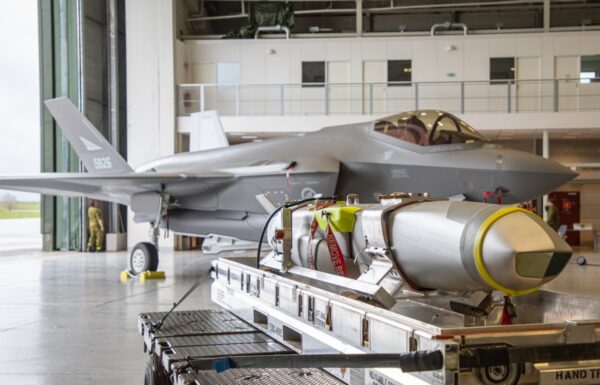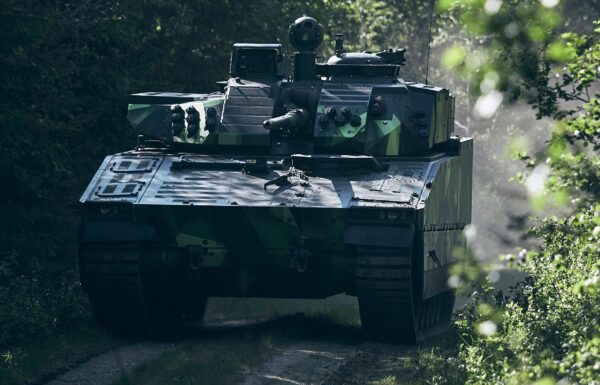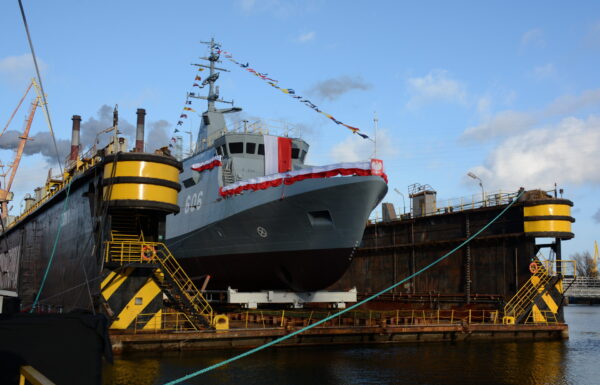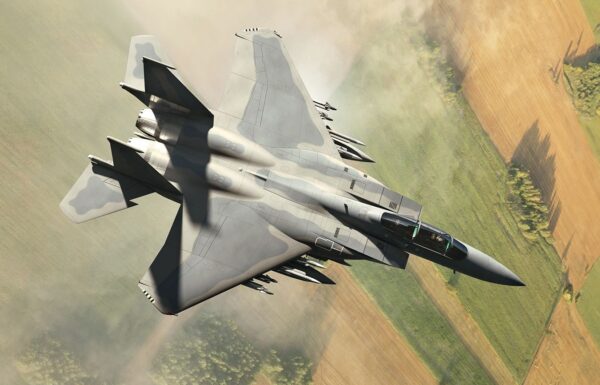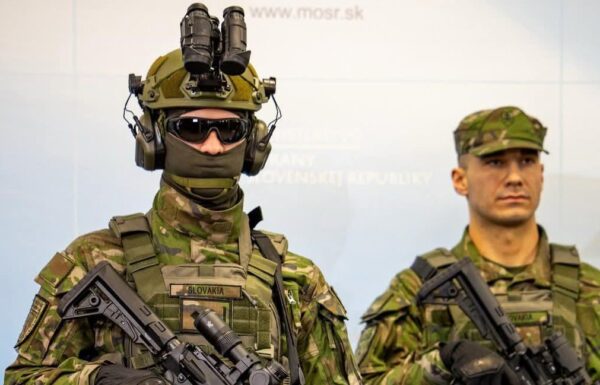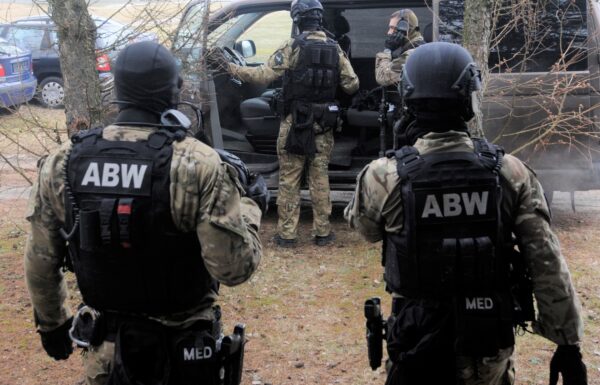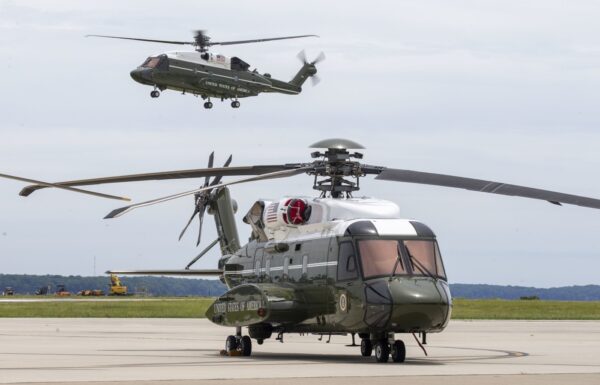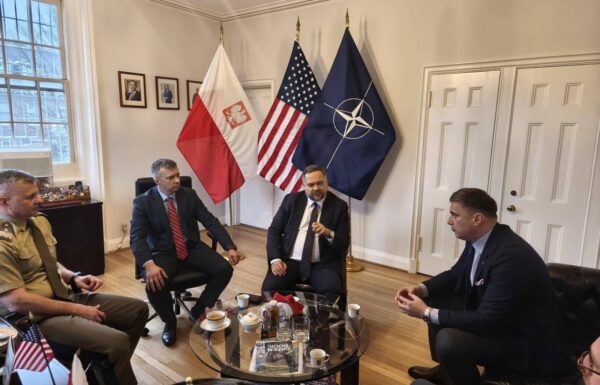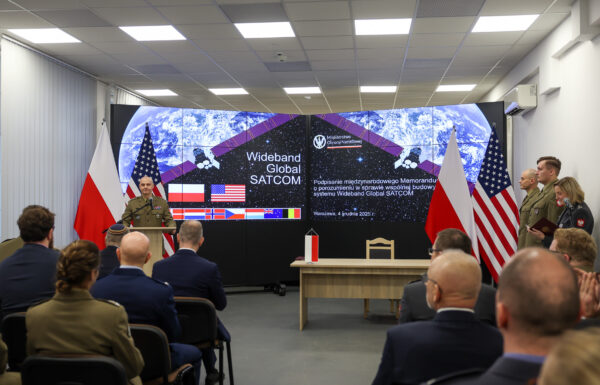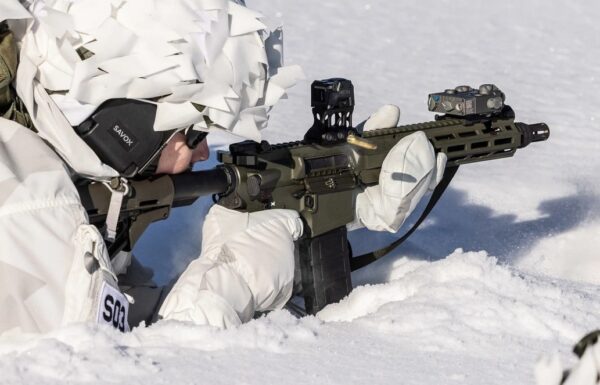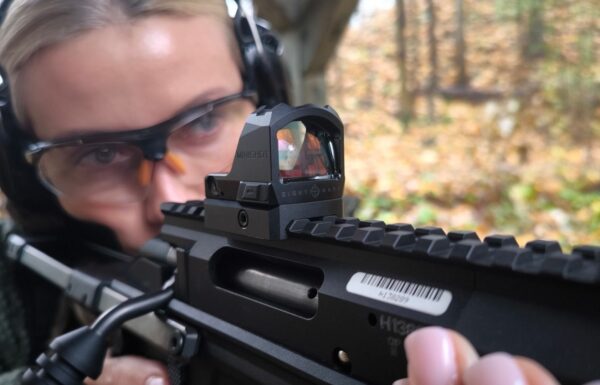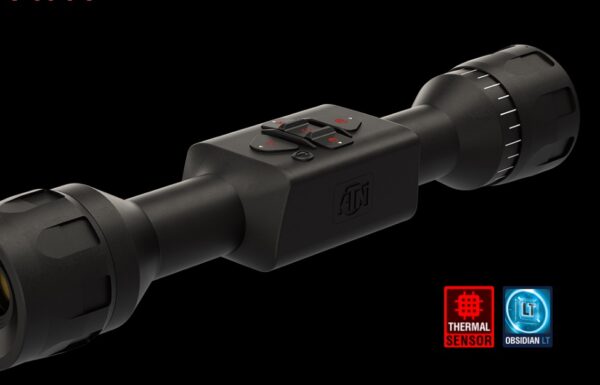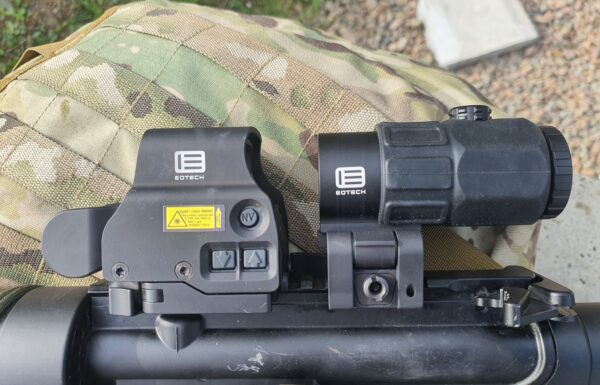On Monday, June 9, 2025, the U.S. Navy press service announced that the day before, the Polish Special Forces Air Unit (PJOS), operating a Mi-17 medium multirole helicopter, had successfully completed deck landing qualification (DLQ) on the deck of the Blue Ridge-class command ship USS Mount Whitney (LCC-20) during the Baltic Operations (Baltops) 2025 exercise.
 Photo: Lance Cpl. John Allen, USMC
Photo: Lance Cpl. John Allen, USMC
As part of the DLQ (Deck Landing Qualification) training, a Special Forces Mi-17 helicopter conducted multiple landings and takeoffs from the deck of the USS Mount Whitney (LCC-20) during its Baltic Sea deployment. The qualification is a key step in ensuring that Polish pilots are proficient in operating from U.S. Navy vessels, enhancing both nations’ ability to conduct joint maritime operations.
“This Polish deck landing qualification aboard Mount Whitney is a testament to the outstanding teamwork and professionalism of both the Polish aircrew and our own Team 20,” said Capt. Colin Price, commanding officer of USS Mount Whitney. “It’s through exercises like this that we build trust, enhance our interoperability, and strengthen our ability to operate seamlessly together to ensure security in the Baltic Sea region.”
According to the U.S. Navy, the DLQ training demonstrates the United States’ and Poland’s commitment to strengthening their military partnership and improving their capacity to respond to a wide range of security challenges in the Baltic region. The event highlights the dedication and professionalism of the sailors and aircrews involved and underscores the importance of exercises like Baltops in promoting regional stability.
Baltops 2025, which began on June 5, is the premier annual maritime-focused military exercise in the Baltic Sea region. It provides NATO Allies with a unique opportunity to train together, enhance interoperability, and demonstrate collective readiness to defend the Alliance and maintain freedom of navigation in the region. Participating nations include Belgium, Denmark, Estonia, Finland, France, Germany, Italy, Latvia, Lithuania, the Netherlands, Norway, Poland, Portugal, Sweden, the United Kingdom, and the United States.
Baltops exercise scenarios cover a wide range of capabilities, including amphibious operations, artillery, air defense, anti-submarine warfare, mine countermeasures, explosive ordnance disposal, and medical response. It also includes the use of unmanned surface and underwater vehicles in various scenarios.
The exercise is led by U.S. Naval Forces Europe–Africa/U.S. 6th Fleet and commanded through the Joint Operations Center (JOC) of NATO’s Naval Striking and Support Forces (STRIKFORNATO), based in Oeiras, Portugal. STRIKFORNATO headquarters is hosting liaison officers and planners from each participating nation, working together in a multinational coordination center.
The Special Forces Air Unit (PJOS), based in Powidz and established on February 1, 2023, as the successor to the 7th Special Operations Squadron (7. EDS), currently operates Mi-17 helicopters as part of its Air Group. Its fleet includes four Mi-17TU helicopters (tail numbers: 601, 602, 603, and 605) and four Mi-17-1W helicopters (tail numbers: 6109, 6110, 6111, and 6112). The unit is expected to receive newly acquired S-70i Black Hawk Internationals in the near future.
Strengthening partnerships, one landing at a time! 🚁 🇺🇸 🇵🇱
A Polish Special Operations Squadron successfully completed a deck landing qualification aboard USS Mount Whitney (LCC 20) June 8, during Baltic Operations (BALTOPS) 25. Read more here: https://t.co/CLcolRA1fm— U.S. Navy (@USNavy) June 9, 2025


